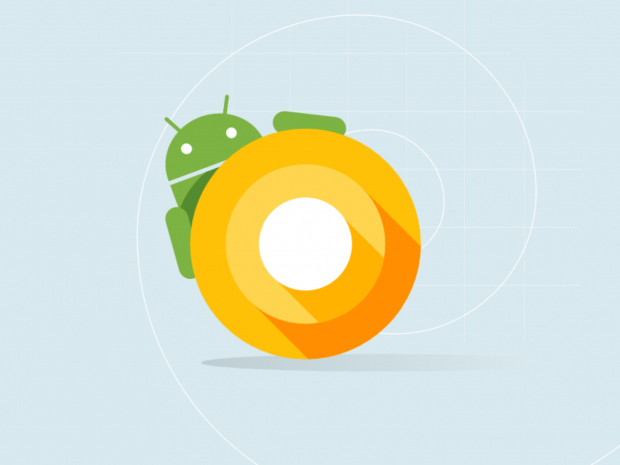Google announced the Android O developer preview this week, and it’s looking to be a huge update with a lot of interesting changes. Here’s a list of iFixYouri’s favorite new features so far. Mind you, these are just capabilities for app developers to tool around with; no guarantees that everyone will use these in their applications.
Android O places more automatic background limits on implicit broadcasts, background services, and location updates, something Nougat worked towards. The end result: apps will have a minimal impact on user’s battery life and the device performance.
Sony jumped in to help with audio, bringing that company’s legendary sound quality to Android. The new AAudio API should be great for apps that require high-performance audio, and the ConnectionService API will get an update. The latter will allow calls from third-party apps (WhatsApp, for example) to work with Bluetooth devices like home stereos and cars.
Google wants to make apps more “glanceable,” so they’re making notifications be better grouped. Developers will be able to customize the background color of these notifications, as well, but, Google advises that color changes should only be for “ongoing tasks which are critical for a user to see at a glance.” There’s also be app-defined categories for notifications. For example, the Facebook app could group notifications under various sections, like events or friend requests. Creating these notification channels will give you control over which alerts you receive, along with the ability to quickly turn off specific categories. Users can also “snooze” notifications so they’ll reappear later.
The status bar icons at the top of the quick settings panel will get some tweaks. When the panel is fully opened, and there are notifications not visible, their app icons will be listed in a little bar at the bottom of the display. A little odd to visualize, but it should be helpful when managing several notification groups at once.
No longer exclusive to Android TV, Picture-in-Picture is now available on Android phones and tablets. Building on multi-window mode in Nougat, there’s a new app overlay window and multi-display support for launching an activity on a remote display. We predict you’ll need a lot of RAM for this, but newer hardware should handle it.
Android O now allows developers to create adaptive icons with different shapes that the system will automatically display based on a mask selected by the device. It’ll be interesting to see what each developer has their icons do, and under what circumstances they do move.
Similar to how Android supports third-party keyboards, users can now choose a default password manager app.
Accessibility service can respond to directional swipes (up, down, left, and right) from a device’s fingerprint sensor. This is neat; you can assign, say, the flashlight to turn on, or the phone to go into silent mode.
The Ambient Display has been redesigned. It’s no longer just a black-and-white version of the regular lockscreen. Namely, only icons, and not full notifications, are displayed underneath the clock in this mode. When the Ambient Display is active, just double-tap to wake. Double tapping the icons will takes users directly to the notification shade.
Now we play the waiting game on the most important feature: the name. Android Oreo? Orange Cake? Oatmeal Cookie? We’re getting hungry just thinking about it.

